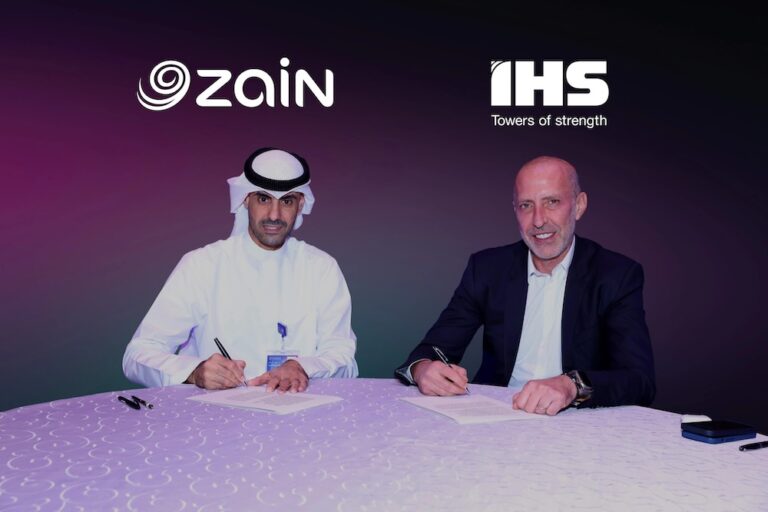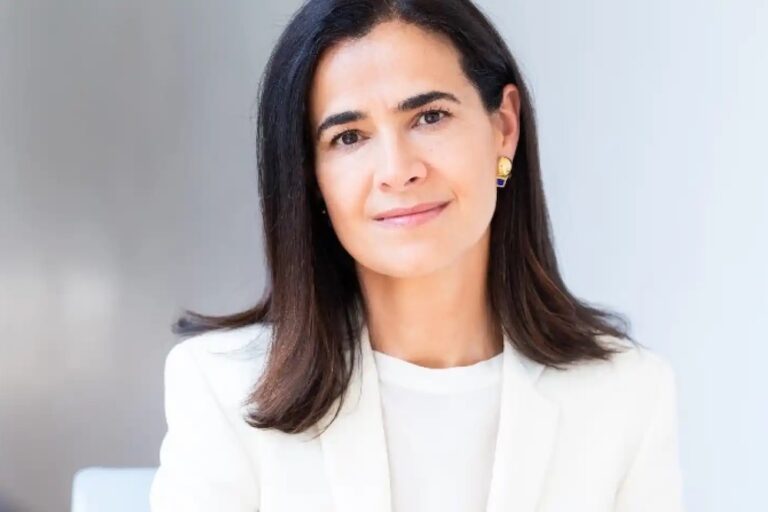Home Office issues contract for Emergency Services Network over the next seven years: no mention of 5G or network slicing
BT Group announced it has signed a new £1.29 billion contract with the Home Office to provide mobile services for the UK’s Emergency Services Network (ESN) over the next seven years. There is no mention of 5G or network slicing.
ESN is a national critical communications system that includes voice, video and data across the 4G network. It is intended to give first responders, including police, fire and rescue, and ambulance services – immediate access to data, images and information in live situations and emergencies.
The network gives the services priority across the network to ensure they can communicate and respond to emergency events even in remote areas or when networks are busy.
EE won a contract from the Home Office in 2015 to build the ESN in 2015 as part of a wider programme to replace the Airwave system, which had been in place for more than two decades.
It included building a new, dedicated, core network for ESN as a mission-critical service and upgrading more than 19,500 of EE’s 4G sites ready for the ESN. At the same time, EE expanded coverage in rural and critical operational areas, and set up the network to give priority and pre-emption for emergency services over other users.
EE’s original mobile services agreement for the ESN with the Home Office is due to expire on 31 December 2024.
New contract
Under the new contract, which comes into effect today, BT Group will continue to build, maintain and develop critical mobile coverage and capabilities for ESN as it rolls out to support more than 300,000 users.
This means providing high service availability across all of EE’s 4G Radio Access Network (RAN), as well as adding additional connectivity to boost national coverage for first responders. There is no mention of 5G or network slicing in sight.
BT Group will also now manage and provide coverage services for the Home Office’s Air-to-Ground (A2G) network, Extended Area Services (EAS) sites, London Underground and specific road and rail tunnels.
Safer indoors
It is expected that the ESN programme will see BT Group carry out the country’s largest single deployment of coverage at indoor location to meet operational standards for Public Safety Communications Services (PSCS) users. The new contract spans 7.25 years, with the option of a one-year extension.
Bas Burger, CEO – Business at BT, said, “BT Group has been a committed longstanding partner for Britain’s Emergency Services Network (ESN). We’re proud to double down on this commitment today by broadening the scope of our agreement with the Home Office until 2032 and beyond – as the Government takes ESN from build through to delivery and operation of this critical network.”
As well as connecting national and local government, BT works with more than 200 NHS trusts, 43 police forces, 29 fire services and has supported the emergency services by handling all incoming 999 calls since 1937.
No doubt the contract will be a welcome fillip for the BT’s struggling Business division, and is in line with CEO Allison Kirkby’s plan of focusing on its national, rather than international, market.












